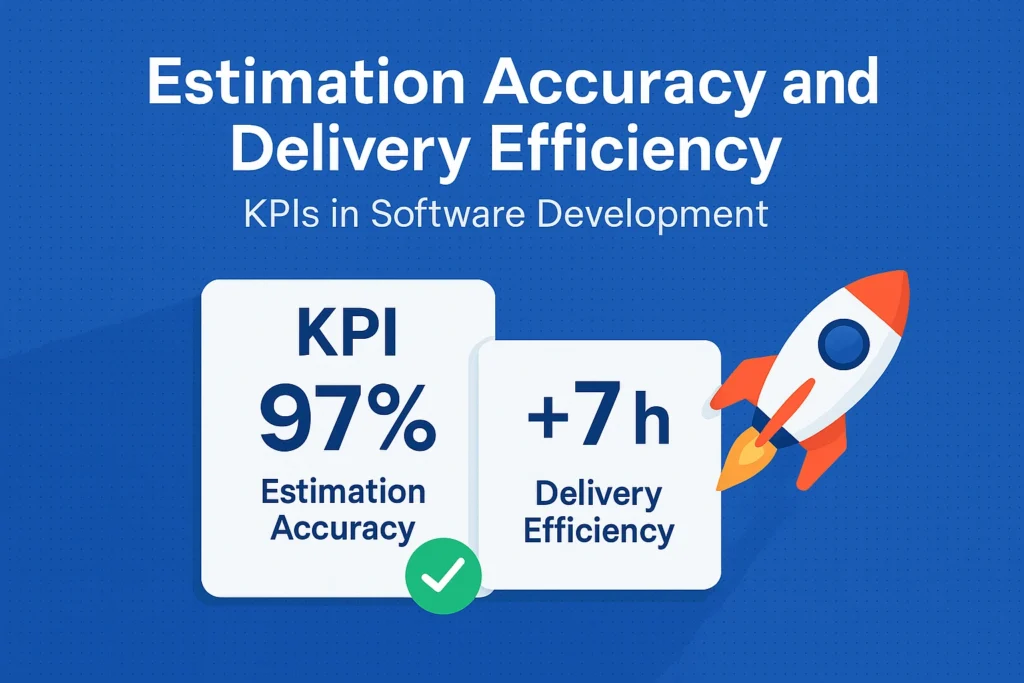Machine learning is changing how businesses operate, offering smarter and more efficient ways to handle daily tasks and make critical decisions. By using algorithms that learn from data, machine learning helps companies predict outcomes, automate processes, and personalize customer experiences. It creates opportunities for businesses to grow by enabling better decision-making and improving efficiency across various operations.
Understanding the basics is crucial for those looking to integrate machine learning into their business strategy. Knowing how machine learning functions within the broader scope of artificial intelligence and data science helps businesses leverage its full potential. Whether refining marketing strategies with customer data or optimizing supply chain logistics, businesses are finding diverse and valuable uses for machine learning technologies. As we explore these concepts, it becomes clear that machine learning is not just a technological trend but a powerful tool reshaping industries and setting new standards for success.
Understanding Machine Learning Basics
Machine learning is a branch of artificial intelligence that lets computers learn and make decisions without being explicitly programmed. Machine learning involves creating algorithms that can identify patterns and make predictions based on data input. These algorithms improve over time as they are exposed to more data, becoming increasingly effective at solving problems.
There are three main types of machine learning: supervised, unsupervised, and reinforcement learning. In supervised learning, algorithms are trained using labeled datasets, meaning the input and expected output are known. This method is great for tasks like spam detection in emails or voice recognition, where the outcome is predefined. Unsupervised learning, however, works with datasets that don’t have labeled outputs. It’s useful in clustering, like grouping customers by purchasing behavior for targeted marketing. Reinforcement learning, on the other hand, is all about making sequences of decisions, such as training a robot to walk. Here, the system learns by trial and error to achieve specific goals.
Machine learning intersects with AI and data science in crucial ways. It provides the tools for data science to extract meaningful insights from vast datasets, allowing AI to perform complex tasks like language translation and image recognition. By understanding these basic concepts, businesses can better use machine learning to drive innovation and efficiency.
Practical Applications in Business
Machine learning serves many practical purposes in business, changing how companies operate and compete. Here are some key applications:
– Customer Personalization: Tailors marketing efforts and product recommendations to individual preferences, increasing engagement and sales.
– Predictive Analytics: Helps foresee future trends by analyzing historical data, aiding strategic decision-making in areas like finance and inventory management.
– Process Automation: Automates routine tasks, reducing labor costs and increasing efficiency, such as in customer service chatbots or supply chain logistics.
– Anomaly Detection: Identifies irregularities in data to prevent fraud and manage risks, particularly important in banking and finance.
– Image and Speech Recognition: Enhances products and services by enabling automated tagging in images or voice-operated devices.
Various industries are tapping into these benefits. Retailers use machine learning to personalize shopping experiences, while healthcare professionals harness it for faster diagnosis and treatment planning. The finance sector applies machine learning for more accurate risk assessment, and logistics companies optimize routes and delivery schedules.
Machine learning streamlines operations and provides deeper insights that give businesses a competitive edge. By embracing these technologies, companies can make better choices, save time, and improve overall productivity, paving the way for sustainable growth.
Building Machine Learning Models
Building an effective machine learning model involves several important steps. First, the process begins with data collection. Accurate and relevant data lays the groundwork for reliable models. This data can come from various sources, such as customer transactions, website interactions, or any other activity logs that hold valuable information. Once collected, the data needs to be cleaned and prepared to remove any inconsistencies and errors, ensuring the model’s accuracy.
Next comes model training. During this step, the algorithm learns from the cleaned data by recognizing patterns and relationships. This is where different machine-learning frameworks and libraries come into play. Python is popular, providing robust options like TensorFlow, PyTorch, and scikit-learn. These tools help simplify the entire process, offering frameworks to build and customize models based on specific needs.
After training, it’s time to validate the model. This means testing it with new data to see how well it performs in predicting outcomes or classifying information. Validation is crucial, highlighting any oversights or errors that need tweaking for better performance. By following these steps, businesses can develop models that offer insightful analysis and aid in strategic planning.
Integration with Existing Business Systems
Integrating machine learning into existing systems can revolutionize business operations. It involves embedding machine learning capabilities into current software solutions, which enhances their functionality. This might mean incorporating AI-powered tools into CRM systems to improve customer interactions or adding predictive analytics into ERP systems for better forecasting.
Custom software development plays a key role in this integration process. Tailoring software solutions to fit specific business needs ensures that machine learning applications align seamlessly with existing workflows. Ruby, .NET, and Flutter are excellent technologies for building flexible integrations that cater to various business demands.
Collaboration is essential in successful integration. Developers and business teams must work closely to define objectives and ascertain that machine learning initiatives support broader organizational goals. This partnership ensures that the implemented technology adds value, leading to holistic improvements across different departments. Companies can leverage machine learning to gain a competitive edge in their industries by carefully planning and executing integrations.
Conclusion: Embracing Machine Learning for Growth
Embracing machine learning offers a path toward innovation and efficiency across industries. By understanding its core concepts and practical applications, businesses can make informed decisions that drive growth. The journey from model building to system integration involves collaboration and strategic planning, ensuring technology enhances rather than disrupts current systems.
At NetForemost, we are ready to help you navigate the complexities of machine learning integration. Our team of experienced developers, designers, and data scientists can craft solutions that meet your unique business needs with precision. By partnering with us, you’ll streamline your processes and uncover new opportunities for success in the ever-evolving landscape of technology. Let us help you leverage the power of nearshore app development and machine learning to transform your business.






